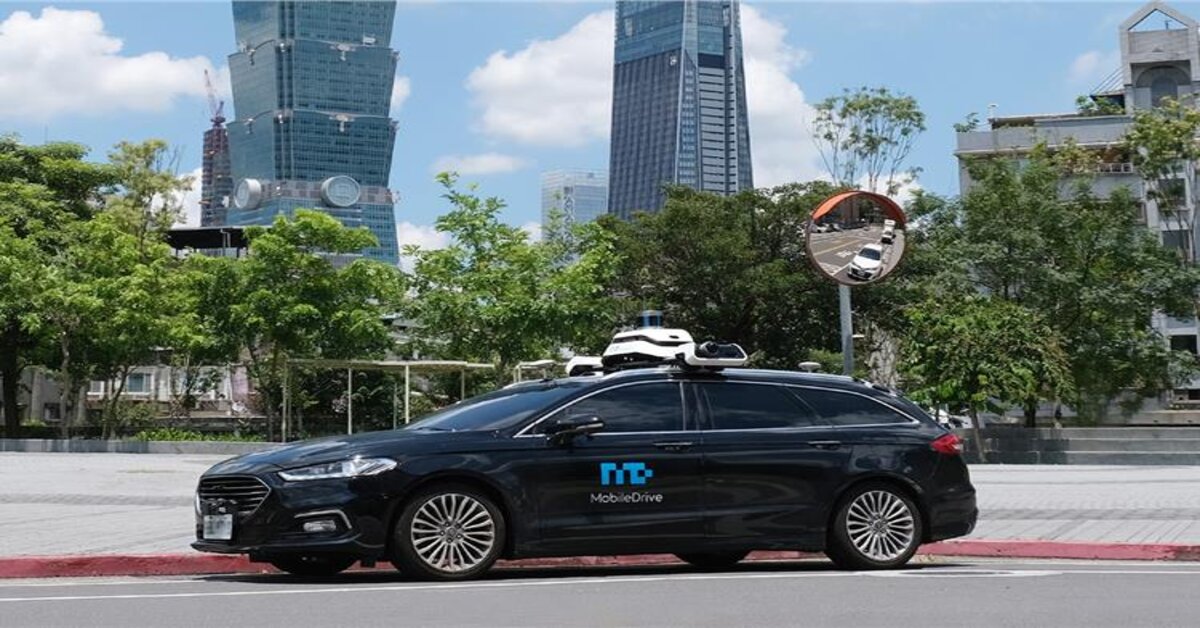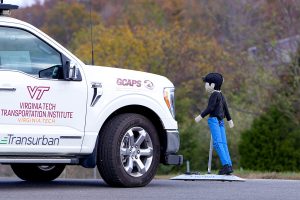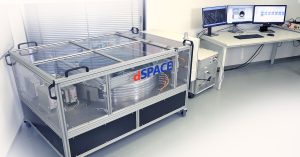Siemens Digital Industries Software has helped MobileDrive accelerate the development of its Advanced Driver Assistance Systems (ADAS) by adopting a model-based systems engineering (MBSE) approach. MobileDrive, a joint venture between FIH Mobile and Stellantis, is focused on developing infotainment, telematics, and a cloud service platform, as well as ancillary hardware and software for next-generation autonomous driving systems. By leveraging Siemens’ comprehensive digital twin technology, MobileDrive has been able to develop algorithms and software controls for common and advanced ADAS applications, such as Lane Keep Assist, Emergency Lane Keeping, Lane Following Control, Auto Lane Change, Emergency Steering Assist, and Autonomous Emergency Steering. Siemens’ Simcenter Engineering and Consulting services team provided MobileDrive with a complete methodology and roadmap for its ADAS vision, enabling them to verify ADAS software features early. This had resulted in a more effective and reliable software development process before a physical prototype was even built. The collaboration has helped MobileDrive bring its products to market in a much more streamlined and efficient manner.
Siemens Digital Twin Technology Helps MobileDrive Enhance ADAS for Next-Gen Autonomous Driving Systems
Siemens Digital Industries Software’s comprehensive digital twin technology has helped MobileDrive accelerate its development of Advanced Driver Assistance Systems (ADAS) for next-generation autonomous driving systems. ADAS applications such as Lane Keep Assist, Emergency Lane Keeping, Lane Following Control, Auto Lane Change, Emergency Steering Assist, and Autonomous Emergency Steering require complex algorithms and software controls.
Founded in 2021, MobileDrive is a joint venture between FIH Mobile and Stellantis that specializes in developing infotainment, telematics, and a cloud service platform, along with ancillary hardware and software. To achieve their ADAS vision, MobileDrive partnered with Siemens’ Simcenter Engineering and Consulting services team to build a detailed scenario-based system model, including sensors and vehicle dynamics, based on market-led full vehicle requirements using the Siemens Xcelerator portfolio of software and services. This model was then applied to a virtual test environment, allowing the MobileDrive team to observe vehicles as a true digital twin to quickly uncover and address system and software performance issues early in the development cycle.
The collaboration between Siemens and MobileDrive has resulted in a more streamlined and efficient software development process, enabling MobileDrive to bring its products to market more quickly and effectively.
MobileDrive Accelerates ADAS Development with Siemens’ Model-Based Systems Engineering Approach
MobileDrive’s partnership with Siemens Digital Industries Software has allowed them to adopt a model-based systems engineering (MBSE) approach to support the development of their Advanced Driver Assistance Systems (ADAS).
MobileDrive’s primary focus was to develop the algorithms and software controls for common and advanced ADAS applications, including Lane Keep Assist, Emergency Lane Keeping, Lane Following Control, Auto Lane Change, The development of a detailed scenario-based system model, including sensors and vehicle dynamics, allowed the MobileDrive team to observe vehicles as a true digital twin in a virtual test environment. This enabled them to quickly uncover and address system and software performance issues early in the development cycle, resulting in a more effective and reliable software development process.
MobileDrive’s collaboration with Siemens has allowed them to bring their products to market in a more streamlined and efficient manner, thanks to their newfound ability to verify ADAS software features early in the digital twin environment. This reduces the effort of hardware-in-the-loop and vehicle testing and enables MobileDrive to deliver the highest quality software to meet market demands more quickly.
Siemens’ Digital Twin Technology Enhances MobileDrive’s ADAS Development
Siemens’ comprehensive digital twin technology has played a crucial role in enhancing MobileDrive’s ADAS development. Developing a digital twin involves creating a virtual model of a physical system, which is continuously updated with real-world data. This allows engineers to simulate and test the performance of a product or system in a virtual environment, providing valuable insights into how it will perform in the real world.
MobileDrive’s partnership with Siemens has enabled them to apply this technology to their ADAS development process, allowing them to create a virtual test environment for the model of their system. This has allowed the MobileDrive team to observe vehicles as a true digital twin, providing them with a valuable tool to uncover and address system and software performance issues early in the development cycle.
By using Siemens’ digital twin technology, MobileDrive has been able to verify ADAS software features early in the development process, reducing the need for hardware-in-the-loop and vehicle testing. This has resulted in a more efficient and reliable software development process, allowing MobileDrive to deliver high-quality software to meet market demands more quickly.
Through their partnership with Siemens, MobileDrive is poised to make significant strides in the ADAS space, contributing to the development of safer and more efficient autonomous driving systems.
Siemens’ Model-Based Systems Engineering Approach Supports MobileDrive’s ADAS Development
This approach involves creating a digital model of the system being developed, which allows engineers to analyze and optimize its performance before building a physical prototype.
This systems model was then applied to a virtual test environment, where the MobileDrive team was able to verify ADAS software features early in the development process, reducing the need for hardware-in-the-loop and vehicle testing. This allowed MobileDrive to realize a more effective and reliable software development process, allowing them to bring its products to market in a much more streamlined and efficient manner.
The model-based systems engineering approach has several advantages over traditional development methods. It allows engineers to analyze the system being developed from multiple angles, ensuring that all aspects are optimized for performance and reliability. It also allows for faster and more efficient development, reducing the need for physical prototypes and costly testing.
By adopting Siemens’ MBSE approach, MobileDrive has been able to develop high-quality software for common and advanced ADAS applications, including Lane Keep Assist, Emergency Lane Keeping, Lane Following Control, Auto Lane Change, Emergency Steering Assist, and Autonomous Emergency Steering. The use of this technology has allowed MobileDrive to stay at the forefront of the autonomous driving industry, developing innovative solutions for safer and more efficient autonomous vehicles.







